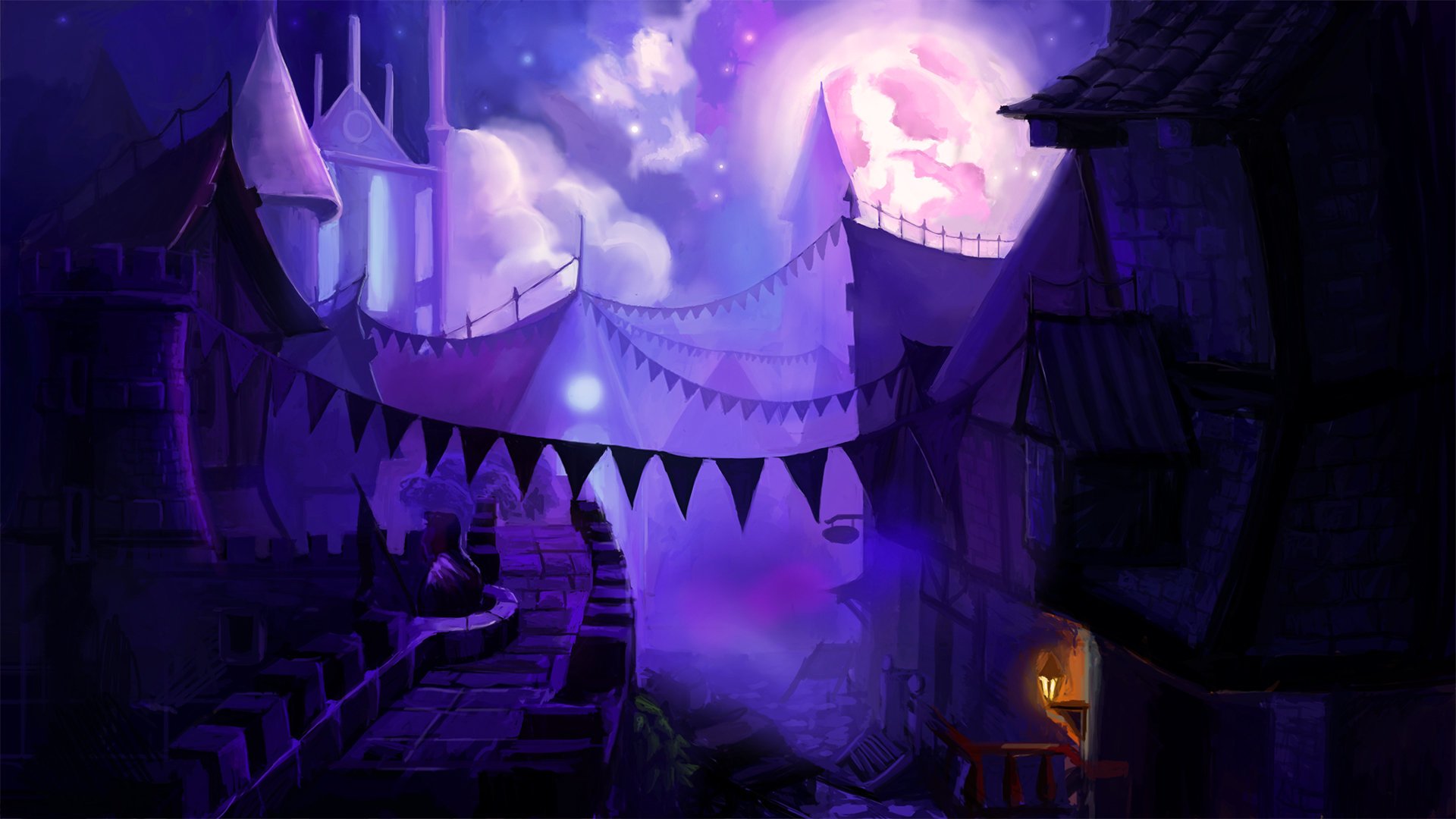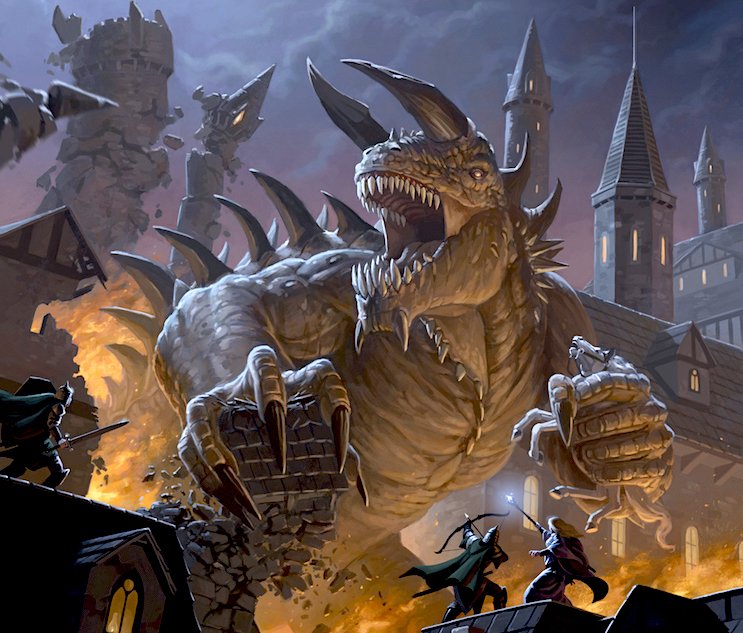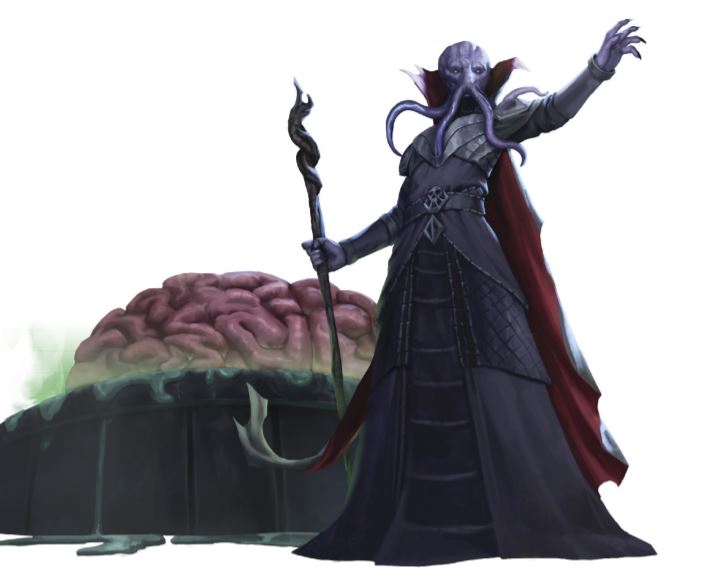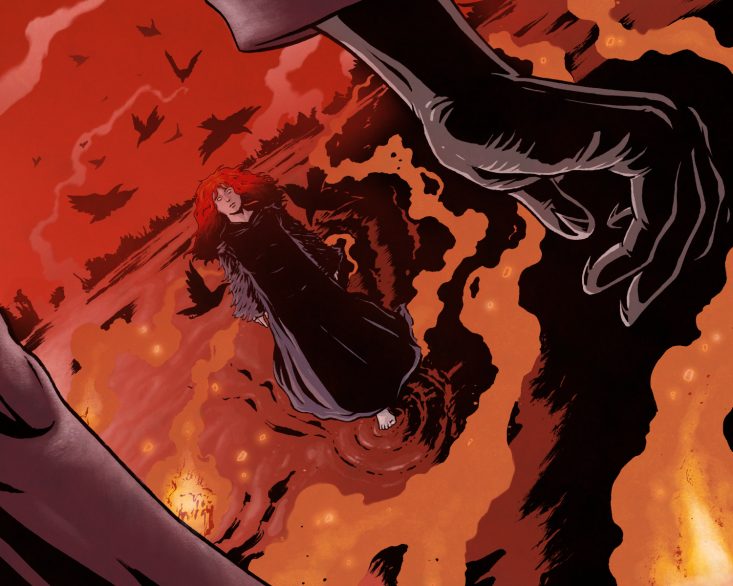
How to Tell a Story Like a D&D Campaign
“The Mis-Adventurers: An (Almost) Epic Tale” is a new adult comedic fantasy adventure novel (boy, that’s a mouthful). It follows a motley, dysfunctional crew of hopeful adventurers as they bumble and bicker their way along a quest to earn their freedom.
And I wrote it.

In The Mis-Adventurers: An (Almost) Epic Tale, Thomas Edward Overdale (aka Tom), of Farshire, is an eager halfling bard determined to set out on his own, so that he can write an epic tale of legend.
A heart and soul for storytelling
Since early childhood, I knew I wanted to be an author. At seven years old, I set the (surprisingly realistic) life goal of wanting to publish my first book before I turned 30 years old. With my 30th birthday coming up in October and my novel now available for pre-order, I can officially check that box off my bucket list.
You may be wondering why you’re reading about a novel on a site dedicated to things like D&D. The Mis-Adventurers strives to capture many of the storytelling beats you get in D&D, humor and all.
When I set out to write my novel, I knew I wanted to tell a fantasy story, and more specifically, I knew I wanted to tell a story for people like me: nerdy, awkward, and all that other stuff. I wrote the story I wanted to read, a story that captured what most fantasy books fail to: the emotional notes hit in many D&D campaigns.
With recent faux pas in television and movies struggling with their stories, the fact that many D&D campaigns on Twitch and YouTube shine brighter got me to thinking about my own work and the nature of storytelling in D&D. Why did I want to specifically capture an RPG story in a book? Can it even be done?
At its heart, every story has four basic elements, according to Neil Gaiman: these are theme, setting, plot, and character. In D&D, the players and Game Master are equal parts audience and storyteller. As such, each has a hand in the development of these four pillars, and every person at the table has a vested interest in how they unfold. So, let’s talk about the four pillars of storytelling.
Theme
Theme is sort of the web that joins setting, plot, and character. It’s important in character creation for D&D, because it helps direct the players’ choices in what characters to make.
If the theme of the campaign centers on a grimdark murder mystery, a barbarian with a greataxe isn’t likely going to have as much fun. If the GM is telling an urban, low-magic tale, your sorcerer isn’t likely to find much use.
When player characters gel with the theme of a given setting, they feel like they belong. This increases immersion and suspension of disbelief. It also raises the stakes, because each character possesses a vested interest in the story on the whole. D&D campaign and setting books also require a strong theme to inspire the GM and players to come up with their own creative and fascinating stories.
Because of having so many people involved, a D&D campaign must have a strong theme, but when it comes to writing, this can fall through the cracks, because the writer is the only storyteller. The writer is already invested to a degree (because they’re writing the darn book), but the same can’t be said of the readers. By inherently requiring a stronger theme to invest others into the story, I believe D&D campaigns possess a leg up on other media.
Setting
When it comes to setting, every GM has to have a developed world. It’s a necessity. By the very nature of the game, players want to explore the setting. This forces a GM to give places backstories and to breathe life into each location.
A location without personality glares as a weakness in D&D, and this results in player dissatisfaction. Player dissatisfaction breeds GM dissatisfaction, and thus, every GM must flesh out at least the areas their players visit.
While both books and D&D rely on imagination, more care is often poured into setting the scene in D&D, because this is more evidently part of foreshadowing. Unlike in a book, there’s no guarantee the main characters will ever find the clue in the middle of the haggard bedroom.
If the GM only describes the chest in the corner, the players already know what to interact with, and this can grow stale rather quickly. However, if the GM describes every single intimate detail of the room, the players will grown bored. Thus, the GM must set the scene well, striking a delicate balance between abundance of description and maintaining the story’s pace, and that brings us directly to plot.
Plot
Because the main narrator in D&D can directly observe their audience (the players), and vice versa, each can actively work to maintain the story’s pacing; a distinct advantage over books and movies, which lack interactive experience.
While every GM has a “basic” outline of events, D&D is partially a sort of improv theater experience. This results in a certain level of innate unpredictability.
The player characters are the main cast, and their actions should directly affect the plot at large. This, in turn, affects the setting.
Some GMs force their players to take certain actions (a practice called “railroading”), and this is almost universally acknowledged to be a poor tactic when running a game. The players’ agency is the character’s agency, and whether we realize it or not, the difference between a character making a choice and a choice being made for a character is often the difference between interesting storytelling and deus ex machina.
The interactive nature of D&D storytelling is one of the big draws of the genre, and character agency is the means by which the players interact with the story.
Character
Unlike a book, where every character comes from the mind of a single person (or a couple of people), each main character in a D&D campaign comes from the mind of a different player, which allows for utterly unique perspectives. Each character has their own backstory, traits, ideals, and things that ground them into the story. While this doesn’t automatically ensure characters are complex and well-grounded, it helps a lot.
Because each player has their own interpretation of events in the story, this allows their character to develop with their own truly unique perspectives, causing character growth to feel more authentic and distinct.
Much like plot, character growth and actions are wildly unpredictable. Any GM with even a year’s experience will tell you their players will inevitably do something the GM never saw coming. This keeps players and GM alike on their toes. Combine that with the unforgiving unpredictability of dice rolls, and you’ve got a recipe for a fast-paced, intense story.
Due to dice rolls, even character death is unpredictable. The dice are cold and unfeeling. A character’s arc can end abruptly just because of a few bad die rolls. This ups the suspense significantly. Unlike writing, where an author often foreshadows a character’s death, D&D campaigns possess no such social grace, as it were. The raw numbers can shaft everyone’s perceived protagonist, in an instant, leaving the other characters to pick up the pieces.
That is yet another aspect of storytelling where D&D reigns supreme: exploration of consequences. Often in books and movies, “The lost prince is dead!” ends the whole story, but in D&D, the story becomes, “The lost prince is dead! What happens next?” By exploring the stories beyond where traditional media dare to tread, D&D campaigns lend themselves to a certain charm and soul that books, TV, and movies seldom capture as well.
By incorporating these principles of storytelling into my novel, I hope to entertain and spark imaginations.
What do you think about D&D as a storytelling medium?
Do you think they’re superior? Inferior? Have you read the preview of my novel, over on my website? Let us know what you think in the comments!
If you’re interested in reading The Mis-Adventurers: An (Almost) Epic Tale, it’s available for pre-order on Amazon and Barnes & Noble right now!
https://www.youtube.com/watch?v=obHEWBZ0fz0&list=PLDHbek4f8KQsR9wD8I3_PmzaA8mJdQVMX









No Comments